Baldor makes buying local easier for chefs
Ben Walker, Baldor’s vice president of sales and marketing, created the program more than four years ago.
When a customer — a foodservice operator such as a restaurant, school, hospital, or caterer, as well as retailer — opts in for the local pledge, Baldor will substitute local produce for the original order whenever it’s available, as long as the local produce is within 10% of the commodity price.
Chefs and sous chefs often don’t have time to research the produce that can fulfill their daily orders, so this program does the work for them, Walker said.
“It made things really easy. There’s been a huge response,” Walker said.
Serving mostly the Northeast and mid-Atlantic, Baldor has more than 2,170 pledges from its customers, and 500 of those were added in the last three months, he said.
These pledging customers include restaurant groups by Danny Meyers and Jean Georges, Gramercy Tavern, Estela, Via Carota and Great Performances. Some restaurants have placed the Baldor Local Pledge sticker on their windows or menus.
Although Baldor’s general standard for local is produce grown in the same state or adjacent state to the customer, ultimately customers can type in a desired zip code or region to determine what local means to them.
“We’re a big company, but we buy small. We pool together dozens and dozens of farmers to support one order,” Walker said. “For us, we’re all about being a regional food distributor. We see this as a harmonious ecosystem. It’s important to us.”
Baldor has local pledges surrounding its Boston and Washington, D.C., warehouses as well.
“It’s really helped us make local commitments to local farmers and make commitments earlier. We’ve always done it, but now we’re able to scale it,” Walker said.
Paulette Satur of Satur Farms in North Fork, Long Island, just northeast of New York City, said she’s thrilled to support Baldor’s Local Pledge program.
“Baldor’s pledge can be a helpful vehicle in our local growing season. It not only helps distribute local product to restaurants and consumers in our region, but it also makes it easy for restaurants and food service establishments to ensure they’re receiving local produce,” Satur said.

















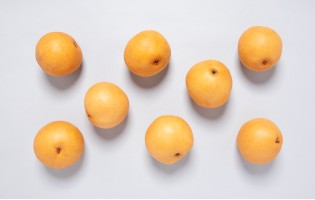

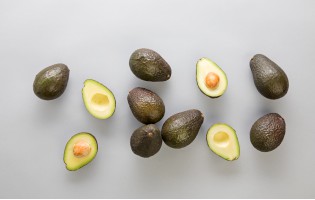








































































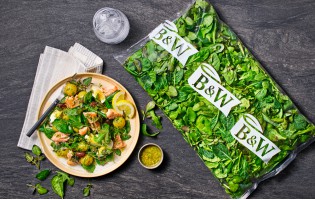









































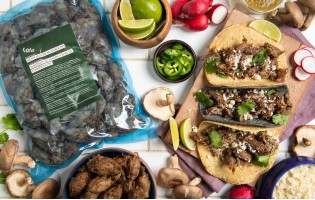


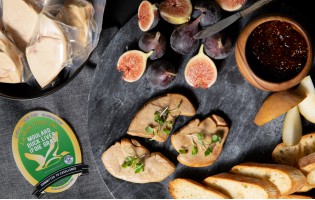


















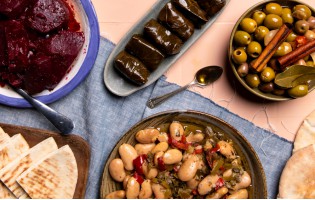






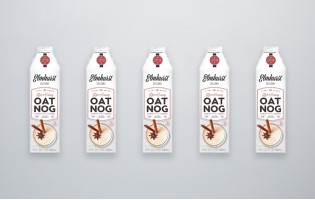




















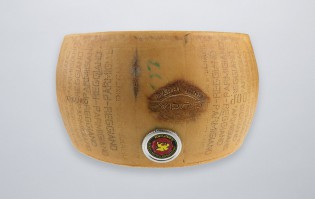
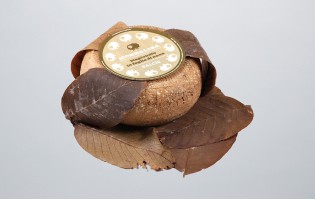































 Fruits
Fruits  Organics
Organics  Vegetables
Vegetables  Fresh Cuts
Fresh Cuts  Meat & Poultry
Meat & Poultry  Grocery
Grocery  Dairy
Dairy  Cheese
Cheese  Bakery
Bakery  Seafood
Seafood 